Home>Furniture & Design>Outdoor Furniture>What To Put On Untreated Wood For Outdoor Use


Outdoor Furniture
What To Put On Untreated Wood For Outdoor Use
Modified: October 20, 2024
Protect your outdoor furniture and design with the best treatment for untreated wood. Find the perfect solution for long-lasting durability and weather resistance.
(Many of the links in this article redirect to a specific reviewed product. Your purchase of these products through affiliate links helps to generate commission for Storables.com, at no extra cost. Learn more)
Introduction
When it comes to outdoor furniture and design, the allure of untreated wood is undeniable. Its natural beauty and rustic charm can effortlessly elevate any outdoor space, lending a sense of warmth and authenticity. However, using untreated wood outdoors comes with its own set of challenges. From exposure to the elements to the risk of rot and decay, it's essential to understand how to protect and preserve untreated wood for outdoor use.
In this comprehensive guide, we will delve into the world of untreated wood and explore the best practices for safeguarding it against the rigors of outdoor environments. Whether you're a seasoned DIY enthusiast or a homeowner looking to enhance your outdoor living area, this article will provide valuable insights and practical tips for maintaining the integrity and longevity of untreated wood in outdoor settings. So, let's embark on a journey to discover the art of preserving and beautifying untreated wood for outdoor use.
Key Takeaways:
- Protecting untreated wood for outdoor use involves using sealants, stains, paint, or natural oils and waxes to shield it from moisture, UV exposure, and insect damage while enhancing its natural beauty.
- Understanding the vulnerabilities of untreated wood and choosing the right protection method is essential for preserving its longevity and visual appeal in outdoor settings.
Read more: How To Treat Untreated Wood For Outdoor Use
Understanding Untreated Wood
Untreated wood, also known as raw or natural wood, refers to lumber that has not undergone any form of chemical treatment or protective coating. This type of wood retains its original state, showcasing the inherent grain patterns, textures, and hues that make it a popular choice for outdoor furniture and design elements.
Common types of untreated wood used in outdoor settings include cedar, teak, pine, and redwood, each possessing unique characteristics that contribute to their appeal. Cedar, for instance, is revered for its natural resistance to decay and insects, making it a favored option for outdoor applications. Teak, renowned for its durability and weather-resistant properties, is often utilized in high-end outdoor furniture. Pine, with its affordability and versatility, is frequently employed in various outdoor projects, while redwood stands out for its rich, reddish-brown tones and resistance to decay.
It’s important to note that while untreated wood exudes a charming, organic aesthetic, it is susceptible to environmental factors that can compromise its structural integrity over time. Exposure to moisture, UV radiation, fluctuating temperatures, and insect infestation can lead to warping, cracking, discoloration, and decay, necessitating proactive measures to protect and maintain the wood’s natural beauty.
By understanding the characteristics and vulnerabilities of untreated wood, individuals can make informed decisions regarding its use in outdoor settings and implement appropriate preservation techniques to ensure its longevity and visual appeal.
Challenges of Using Untreated Wood Outdoors
While untreated wood possesses a raw and authentic charm, using it outdoors presents a myriad of challenges that can compromise its structural integrity and visual appeal over time. Understanding these challenges is crucial for implementing effective preservation strategies and prolonging the lifespan of untreated wood in outdoor environments.
- Moisture and Rot: Untreated wood is highly susceptible to moisture absorption, which can lead to warping, cracking, and eventual rotting. Rain, snow, and humidity can all contribute to the degradation of untreated wood, making it imperative to address moisture-related issues.
- UV Exposure: Continuous exposure to sunlight can cause untreated wood to fade, discolor, and develop a weathered appearance. UV radiation can also break down the wood’s natural lignin, leading to surface degradation and a loss of structural strength.
- Insect Infestation: Untreated wood is vulnerable to insect infestation, with termites, carpenter ants, and wood-boring beetles posing significant threats. These pests can cause extensive damage to untreated wood, compromising its stability and visual appeal.
- Mold and Mildew: The porous nature of untreated wood makes it susceptible to mold and mildew growth, especially in damp and humid conditions. This can not only mar the wood’s appearance but also contribute to health hazards and accelerated decay.
- Weathering and Degradation: Unprotected wood is prone to weathering effects, including surface checking, splintering, and overall degradation. Without proper maintenance, untreated wood can lose its natural luster and succumb to the harsh realities of outdoor exposure.
Addressing these challenges requires a proactive approach to wood preservation, encompassing protective coatings, regular maintenance, and strategic placement of untreated wood furniture and structures in outdoor spaces. By acknowledging the obstacles posed by outdoor conditions, individuals can take the necessary steps to safeguard untreated wood and ensure its enduring beauty and functionality.
Options for Protecting Untreated Wood Outdoors
Preserving untreated wood for outdoor use involves a thoughtful consideration of protective measures that can shield it from environmental stressors while enhancing its natural allure. Fortunately, there are several effective options for safeguarding untreated wood in outdoor settings, each offering unique benefits and aesthetic possibilities.
- Sealants and Stains: Applying sealants and stains to untreated wood is a popular method for protecting it from moisture, UV exposure, and general wear and tear. Sealants create a protective barrier that repels water and inhibits fungal growth, while stains enhance the wood’s color and grain while providing UV resistance. These products come in a variety of formulations, including clear sealants, semi-transparent stains, and solid color stains, allowing individuals to customize the appearance of their outdoor wood furnishings.
- Paint: While some purists may prefer to showcase the natural beauty of untreated wood, painting outdoor furniture and structures can offer a high level of protection against the elements. Exterior-grade paint forms a durable shield that shields the wood from moisture, UV rays, and insect damage. Additionally, it allows for endless color options, enabling individuals to express their personal style while fortifying the wood’s defenses.
- Natural Oils and Waxes: For a more organic approach to wood protection, natural oils and waxes provide nourishment and weather resistance to untreated wood. Linseed oil, tung oil, and various plant-based oils penetrate the wood fibers, enriching its natural tones and creating a moisture-repellent barrier. Beeswax and carnauba wax can be used as finishing coats to enhance the wood’s sheen and provide additional protection against moisture and mildew.
Each of these options offers a distinct set of advantages, allowing individuals to tailor their approach to wood protection based on their preferences, environmental conditions, and desired aesthetic outcomes. By selecting the most suitable protective method and adhering to proper application and maintenance practices, untreated wood can thrive in outdoor environments, retaining its inherent beauty and structural integrity for years to come.
To protect untreated wood for outdoor use, apply a water-repellent sealant or outdoor wood oil. This will help prevent rot, mold, and damage from the elements. Reapply as needed for ongoing protection.
Sealants and Stains
When it comes to protecting untreated wood for outdoor use, sealants and stains stand out as versatile and effective solutions that offer both preservation and aesthetic enhancement. These products play a pivotal role in safeguarding wood from moisture, UV radiation, and other environmental stressors, while also accentuating its natural beauty.
Sealants: Sealants are formulated to create a protective barrier on the surface of untreated wood, shielding it from moisture infiltration and inhibiting the growth of mold, mildew, and rot. They come in various types, including clear sealants and tinted formulations that enhance the wood’s color. Clear sealants are ideal for individuals who wish to maintain the natural appearance of the wood, while tinted options provide the opportunity to enrich the wood’s hue and grain pattern. Additionally, some sealants offer UV resistance, preventing the wood from fading and deteriorating due to prolonged sun exposure.
Stains: Stains are designed to penetrate the wood fibers, enhancing its color, adding depth to the grain, and providing protection against UV rays. They are available in a range of opacities, including transparent, semi-transparent, and solid color stains. Transparent stains allow the natural beauty of the wood to shine through, while semi-transparent and solid color stains offer varying levels of coverage, enabling individuals to achieve their desired aesthetic effect. Stains not only impart visual appeal but also form a durable barrier that helps prevent moisture intrusion and minimizes weathering effects.
When choosing sealants and stains for outdoor wood protection, it’s essential to consider the specific requirements of the wood species, the prevailing environmental conditions, and the desired visual outcome. Proper surface preparation, application techniques, and regular maintenance are crucial for maximizing the efficacy of sealants and stains, ensuring that the untreated wood remains resilient and attractive in outdoor settings.
By incorporating sealants and stains into the preservation regimen for untreated wood, individuals can enjoy the best of both worlds – a durable shield against the elements and an enhanced aesthetic that celebrates the inherent beauty of natural wood.
Read more: What To Use To Treat Wood For Outdoor Use
Paint
While the natural allure of untreated wood is often cherished in outdoor settings, the application of paint can serve as a formidable protective measure, offering durability, versatility, and an opportunity for creative expression. When considering the use of paint for outdoor wood preservation, it’s essential to weigh the benefits of enhanced protection against the desire to maintain the wood’s organic appearance.
Protection: Exterior-grade paint forms a resilient barrier that shields untreated wood from moisture, UV radiation, and insect damage. This protective layer helps prevent warping, cracking, and decay, prolonging the lifespan of outdoor wood furnishings and structures. Additionally, paint provides an effective means of concealing imperfections and irregularities in the wood, contributing to a smoother and more uniform surface.
Color and Style: One of the most compelling aspects of using paint on outdoor wood is the ability to introduce an extensive range of colors and finishes. Whether opting for vibrant hues to infuse a lively ambiance into the outdoor space or selecting muted tones to complement the natural surroundings, paint offers endless possibilities for personalizing outdoor furniture, decks, fences, and other wood elements. Furthermore, various paint techniques, such as distressing, antiquing, and stenciling, can be employed to impart unique character and charm to the wood surfaces.
Maintenance: Properly painted outdoor wood requires regular maintenance to uphold its protective and aesthetic benefits. Periodic cleaning, touch-ups, and recoating are essential for preserving the paint’s integrity and ensuring long-term resilience against environmental factors. Additionally, selecting high-quality exterior paint and following manufacturer recommendations for application and maintenance can significantly contribute to the longevity of the painted wood.
While the decision to paint untreated wood involves a departure from its natural appearance, the potential for enhanced protection, visual customization, and long-lasting appeal makes it a compelling option for outdoor wood preservation. By carefully considering the desired color scheme, maintenance requirements, and overall design objectives, individuals can harness the power of paint to fortify and beautify untreated wood in outdoor environments.
Natural Oils and Waxes
For those seeking a more organic and environmentally friendly approach to protecting untreated wood outdoors, natural oils and waxes offer a compelling alternative. These natural substances provide nourishment, moisture resistance, and a lustrous finish, enhancing the wood’s inherent beauty while safeguarding it from the rigors of outdoor exposure.
Penetrative Nourishment: Natural oils, such as linseed oil and tung oil, have the remarkable ability to penetrate the wood fibers, enriching its color and grain while fortifying it against moisture intrusion. These oils not only accentuate the natural hues of the wood but also imbue it with a subtle sheen, creating a visually appealing and touchable surface. Furthermore, the nourishing properties of natural oils help maintain the wood’s suppleness and prevent it from drying out and becoming brittle over time.
Weather Resistance: When applied as wood finishes, natural oils form a protective layer that repels water and inhibits the onset of mold, mildew, and rot. This weather-resistant barrier helps shield untreated wood from the detrimental effects of rain, humidity, and fluctuating temperatures, contributing to its longevity and structural integrity. Additionally, the flexibility of natural oils allows the wood to expand and contract with changes in environmental conditions, minimizing the risk of cracking and warping.
Finishing Touches: In conjunction with natural oils, waxes, such as beeswax and carnauba wax, can be utilized to provide a luxurious and durable topcoat for untreated wood. These waxes enhance the wood’s sheen, imparting a smooth and tactile surface that exudes a timeless elegance. Moreover, waxes contribute to the water-repellent properties of the finish, adding an extra layer of protection against moisture and enhancing the wood’s resistance to wear and abrasion.
Embracing natural oils and waxes as a means of preserving untreated wood for outdoor use aligns with the principles of sustainability, craftsmanship, and aesthetic appreciation. By harnessing the inherent properties of these natural substances and integrating them into a comprehensive wood care regimen, individuals can elevate the beauty and resilience of untreated wood in outdoor settings, fostering a harmonious connection between nature and design.
Conclusion
Untreated wood holds a timeless appeal in outdoor furniture and design, embodying the authenticity and natural beauty that resonate with individuals seeking to create inviting and harmonious outdoor spaces. However, the challenges of outdoor exposure, including moisture, UV radiation, and insect activity, necessitate thoughtful preservation strategies to ensure the longevity and visual allure of untreated wood.
By understanding the vulnerabilities of untreated wood and exploring the diverse options for protection, individuals can make informed decisions that align with their preferences, environmental conditions, and design objectives. Sealants and stains offer a balance of preservation and aesthetic enhancement, providing a shield against the elements while accentuating the wood’s innate characteristics. For those inclined toward a more expressive and customizable approach, paint opens the door to a spectrum of colors and styles, delivering robust protection and design versatility. Meanwhile, natural oils and waxes offer a holistic and sustainable method of nurturing and safeguarding untreated wood, fostering a tactile and enduring appeal.
Regardless of the chosen method, the key to preserving untreated wood for outdoor use lies in proactive maintenance, regular inspections, and a deep appreciation for the intrinsic qualities of wood. Whether it’s a cedar deck, a teak dining set, or a redwood pergola, the art of protecting untreated wood involves a harmonious blend of functionality, aesthetics, and respect for nature.
As we embark on the journey of transforming outdoor spaces with untreated wood, let us embrace the challenges as opportunities for creativity and stewardship. Let us honor the character and resilience of untreated wood by embracing preservation techniques that celebrate its natural splendor while fortifying it against the elements. In doing so, we forge enduring connections between craftsmanship, nature, and the outdoor living experience, enriching our lives and the environments we inhabit.
Frequently Asked Questions about What To Put On Untreated Wood For Outdoor Use
Was this page helpful?
At Storables.com, we guarantee accurate and reliable information. Our content, validated by Expert Board Contributors, is crafted following stringent Editorial Policies. We're committed to providing you with well-researched, expert-backed insights for all your informational needs.






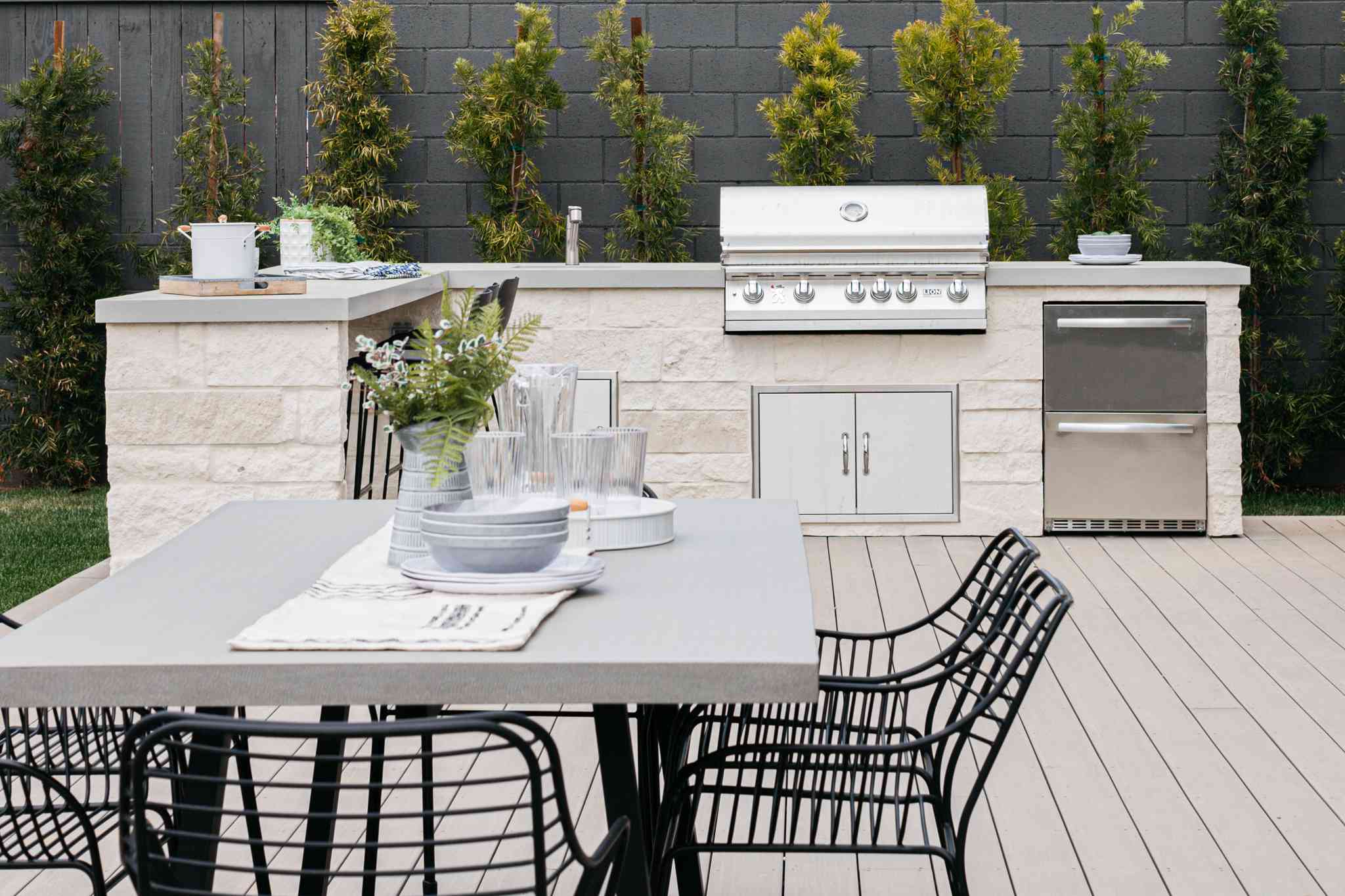
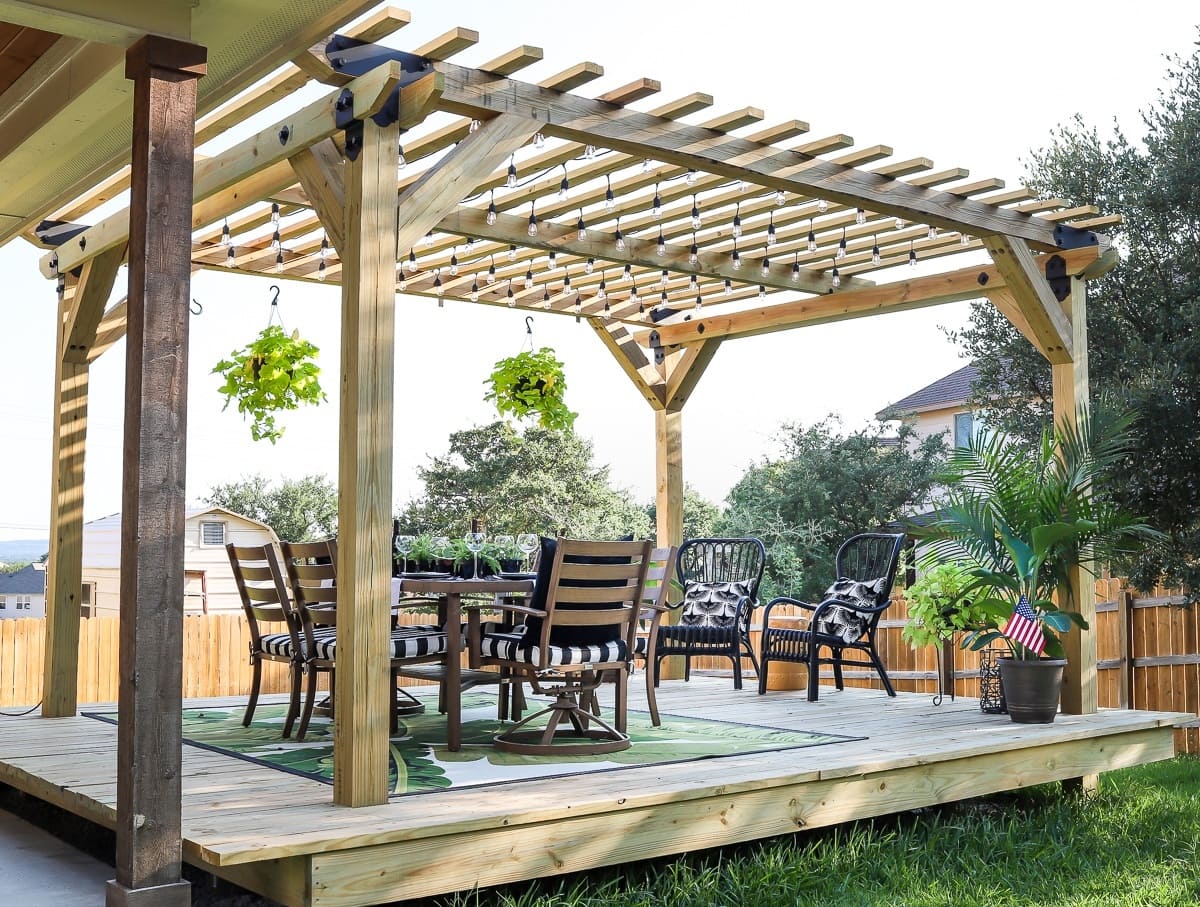
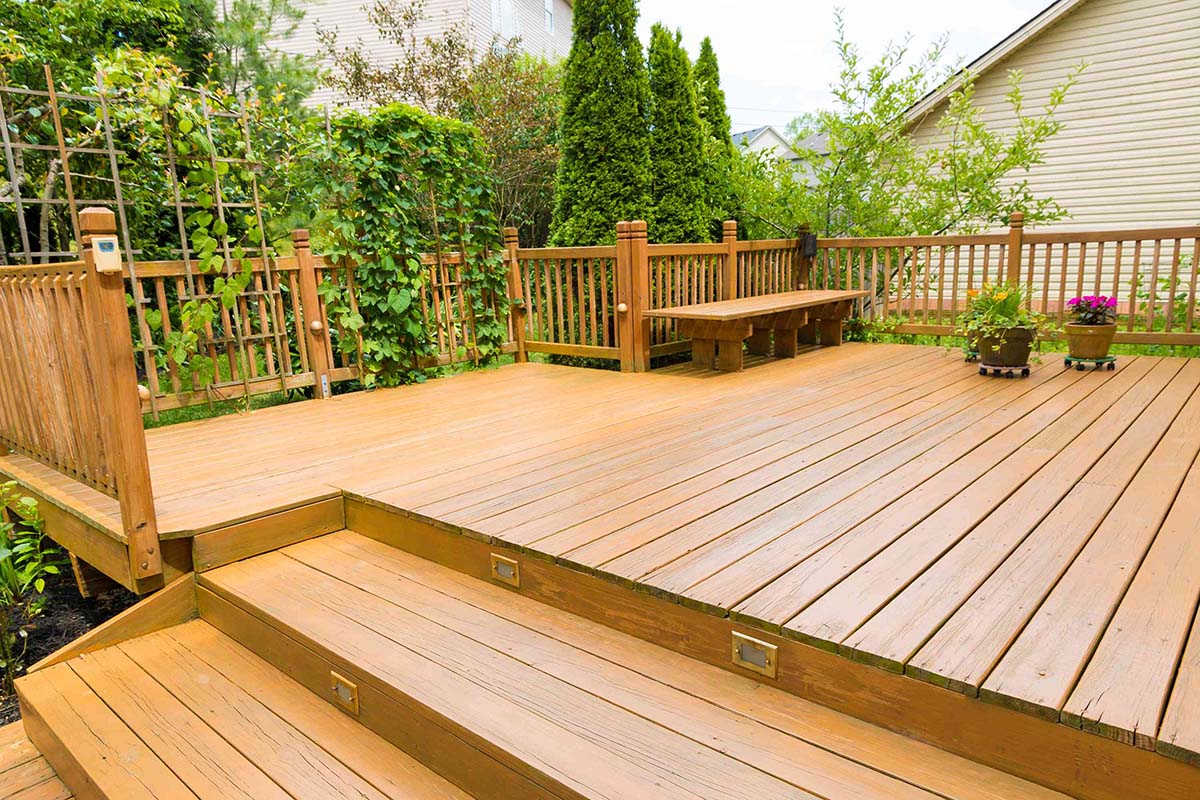
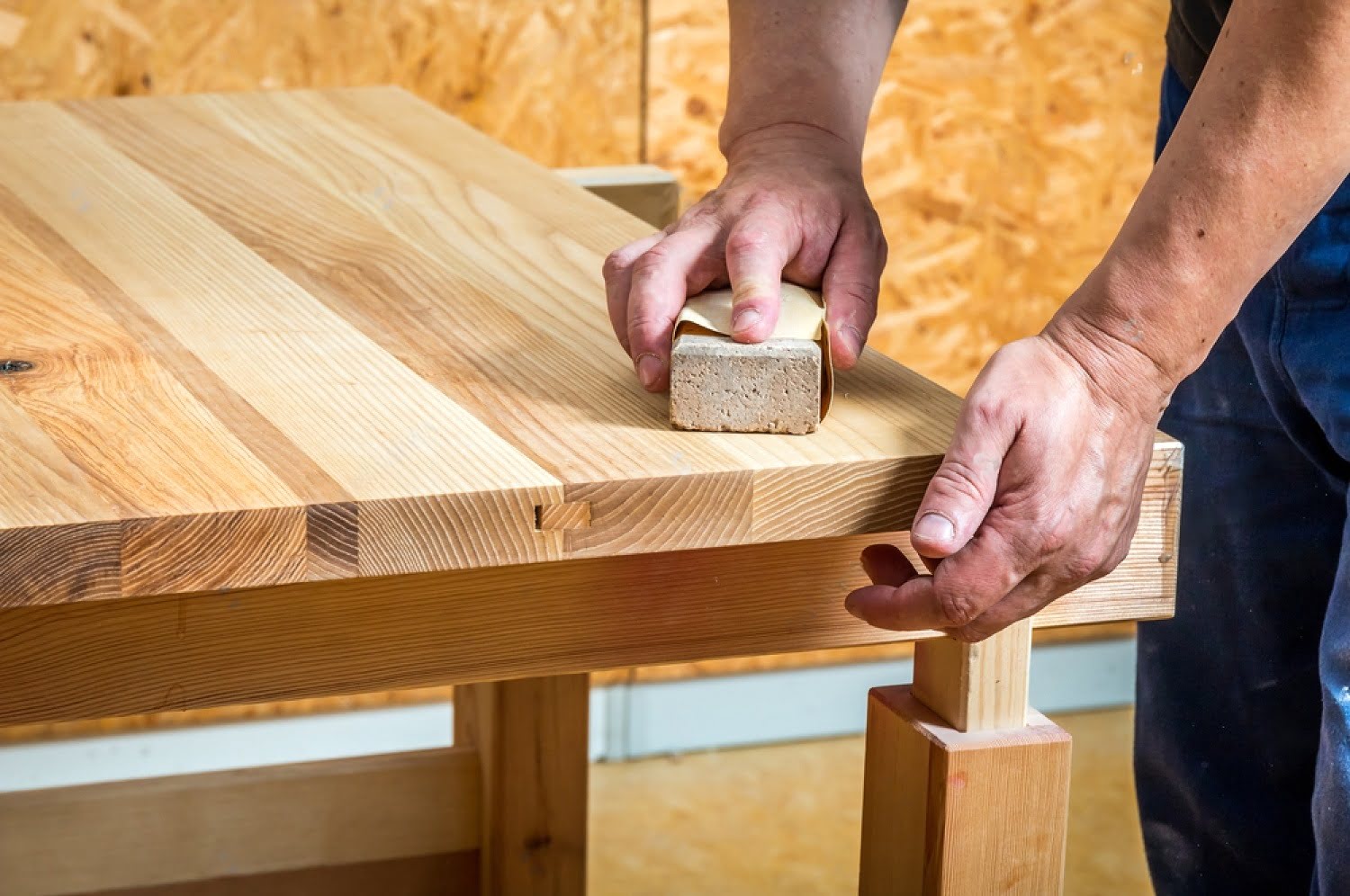
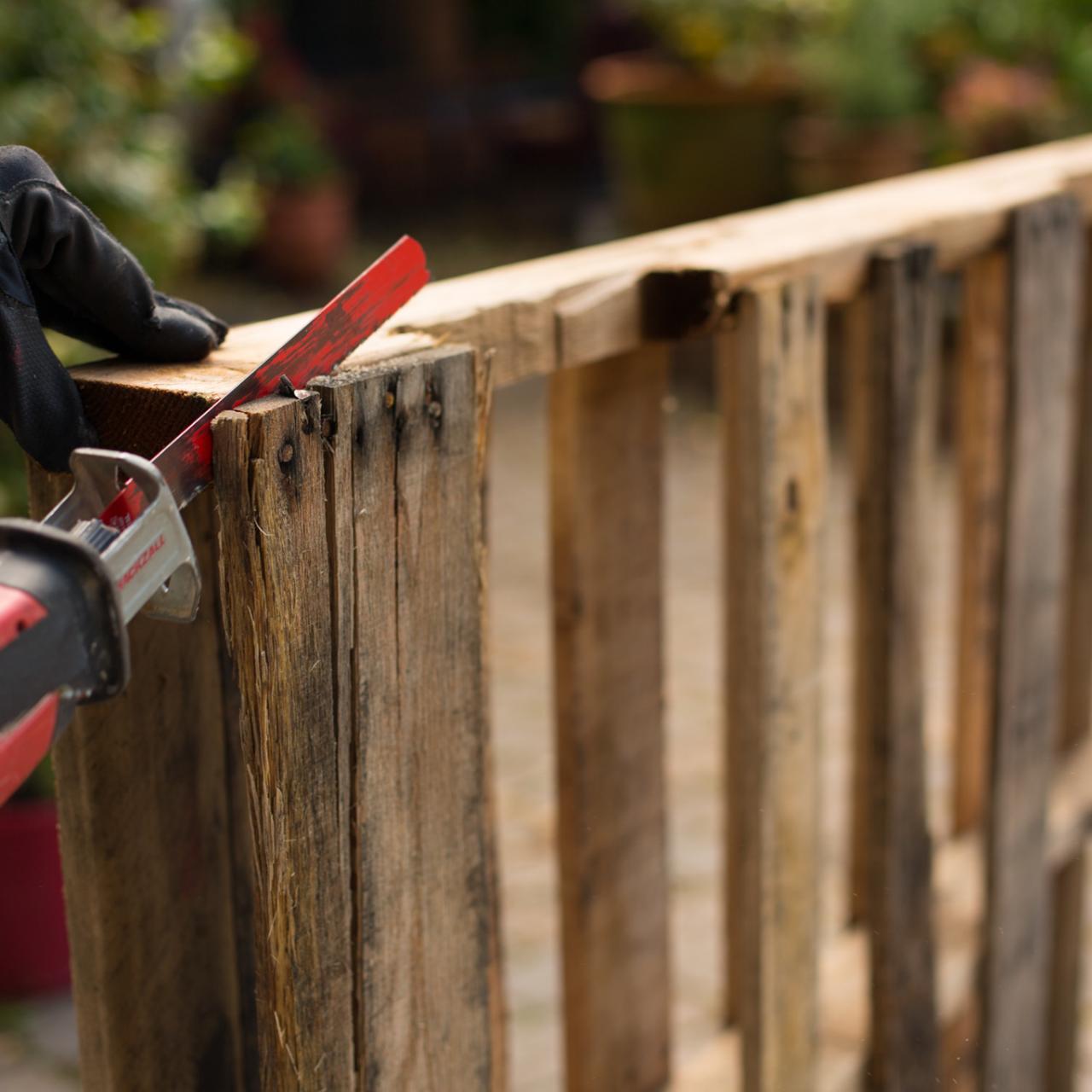
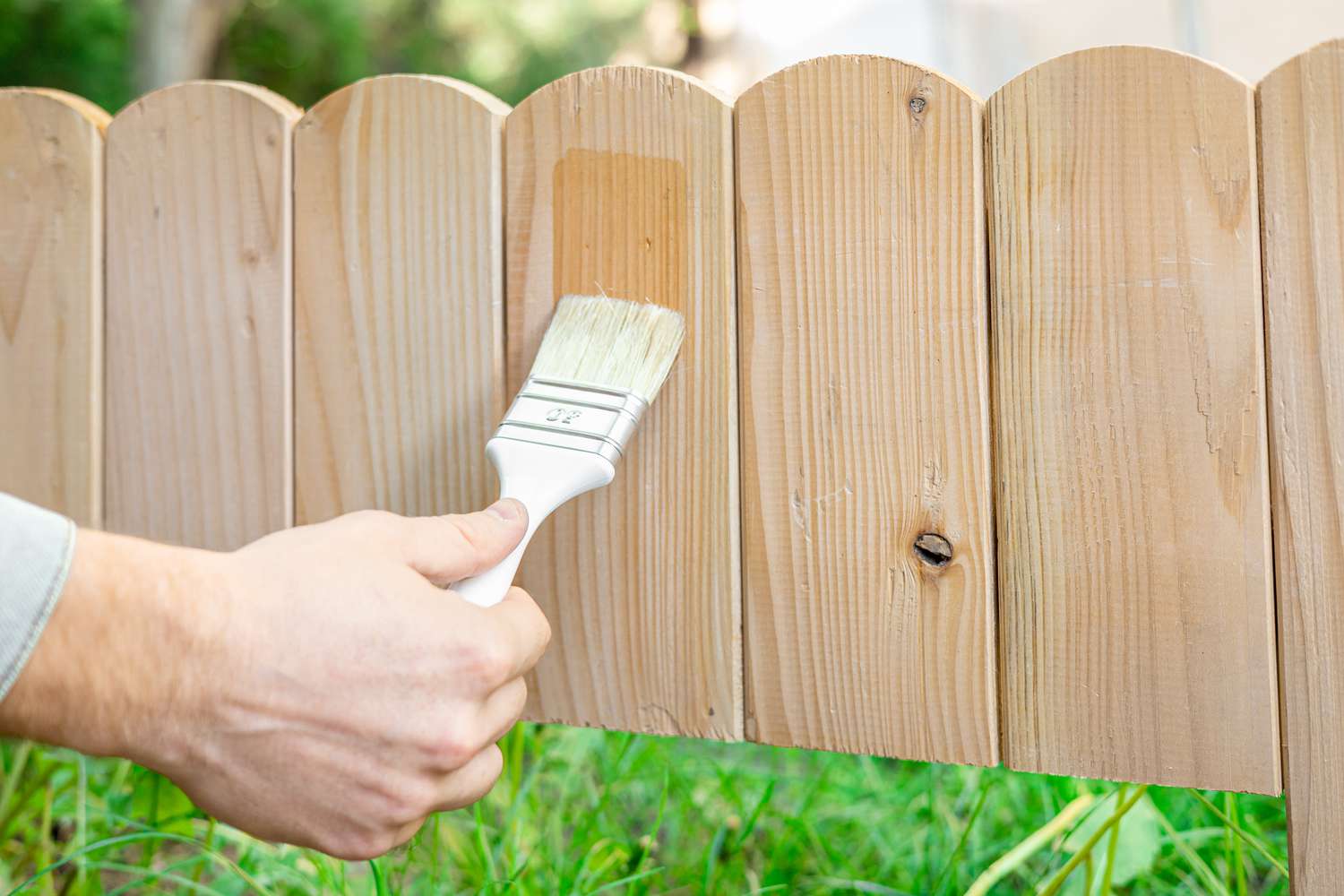
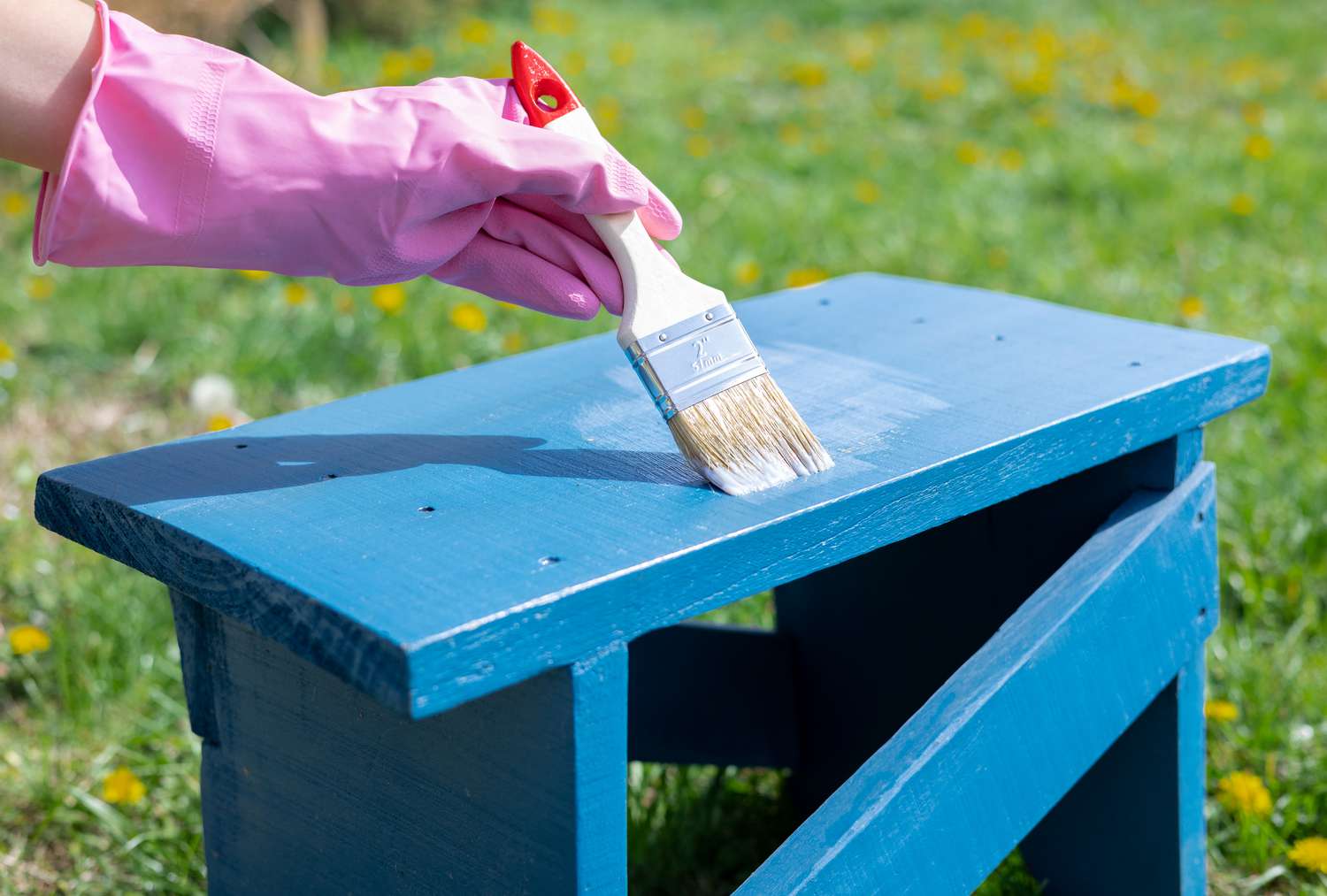
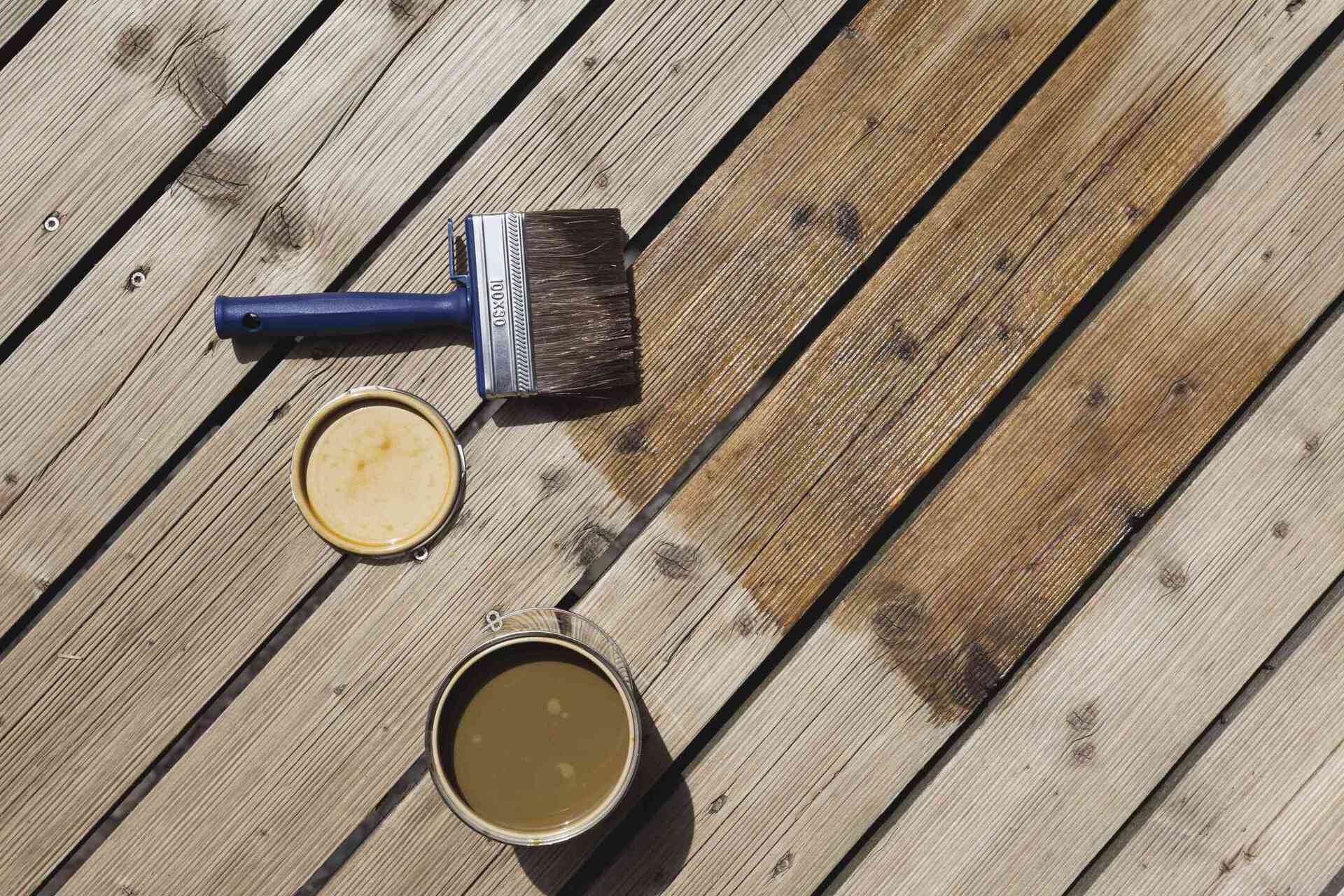

0 thoughts on “What To Put On Untreated Wood For Outdoor Use”